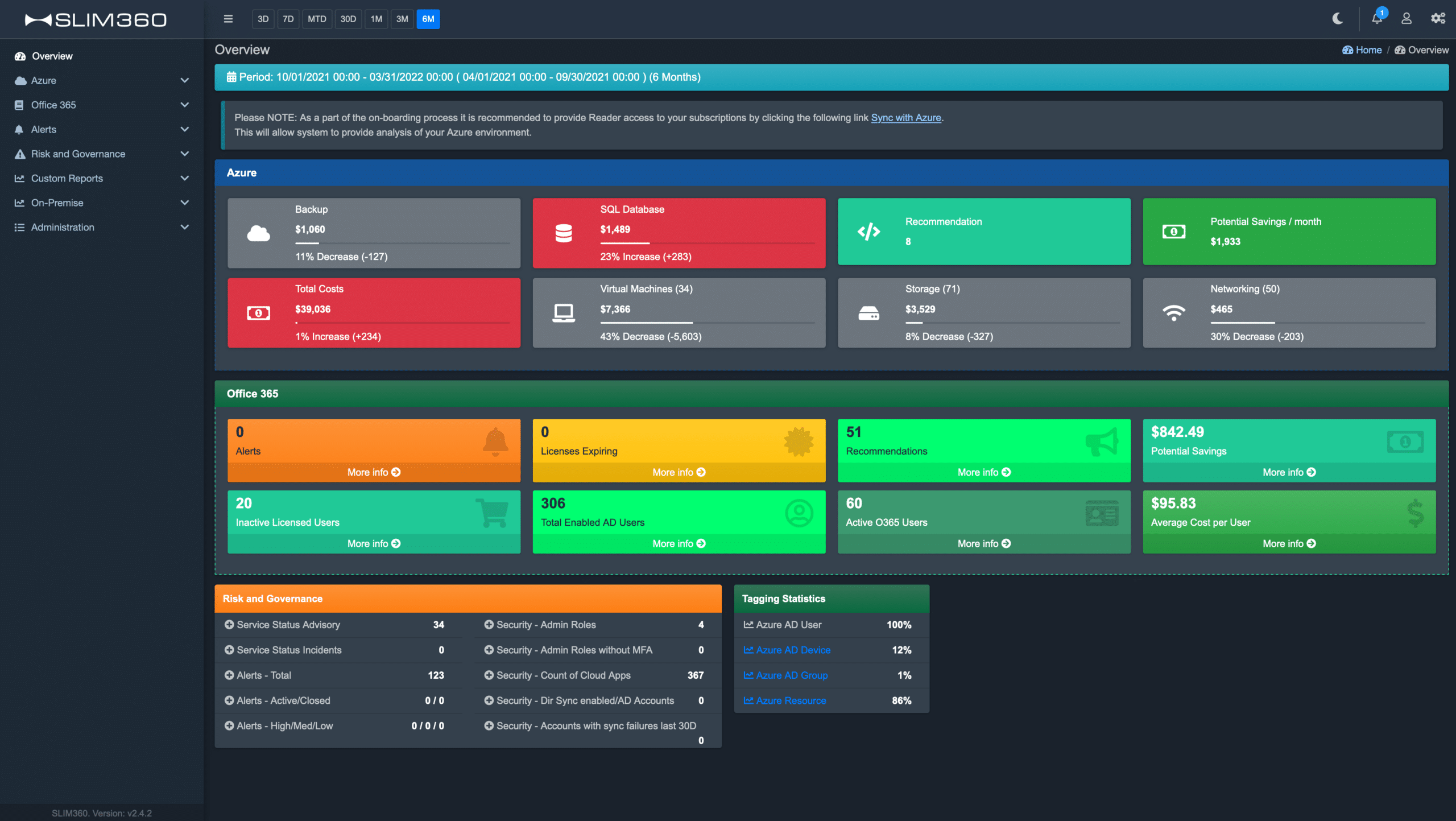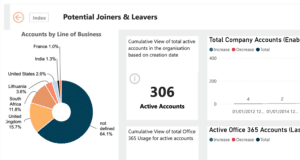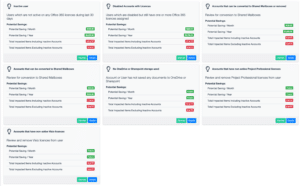As technology evolves and organizations become more reliant on it, managing software licenses and deployments has become increasingly complex and critical. Microsoft’s Windows and SQL Server are among the most widely used software platforms, making it essential for IT departments to ensure that they are adequately licensed and optimized. This is where MetrixData 360’s Microsoft True Up Support comes in.
Our Microsoft True Up Support is designed to help IT departments navigate the complexities of Windows and SQL Server licensing and optimize their deployments for maximum efficiency and cost savings. With our team of licensing experts and powerful tools, we can help you ensure that you comply with Microsoft’s licensing requirements and take advantage of all the benefits your licenses offer.
One of our clients, a Fortune 500 Customer, saw significant benefits from using our Microsoft True Up Support. The Director of Infrastructure at this organization stated, “MetrixData 360’s Microsoft True Up Support provided us with the expert guidance and tools we needed to optimize our Windows and SQL Server licenses. We reduced our licensing costs by over 30% and ensured that we fully complied with Microsoft’s requirements. The value we received from this service was tremendous, and I highly recommend it to any organization looking to optimize their Microsoft licenses.”
 SQL Server Deployments And Additional Tools
SQL Server Deployments And Additional Tools
In addition to expert guidance and powerful tools, our Microsoft True Up Support also includes the following:
- A comprehensive assessment of your current Windows and SQL Server deployments
- A report outlining any compliance risks or inefficiencies in your current licensing and deployment strategies
- Recommendations for optimizing your licenses and deployments for cost savings and efficiency
- Ongoing support to ensure that you are fully up-to-date with the latest licensing requirements and best practices
We understand the importance of accessing reliable and accurate information when managing software licenses. That’s why we are dedicated to providing IT departments with the expert guidance and tools they need to optimize their Microsoft licenses and deployments. Our Microsoft True Up Support is a cost-effective solution that can help you save time, money, and resources while ensuring that your organization fully complies with Microsoft’s licensing requirements.
Customers Reviews On Microsoft Licensing and Microsoft True-Up Support
Customer quote 1: “MetrixData 360’s Microsoft True Up Support was a game-changer for our organization. The team provided a comprehensive assessment of our current licensing and deployment strategies. It recommended several cost-saving measures that we would never have thought of. The tools and support that we received have made it much easier for us to manage our licenses and ensure compliance with Microsoft’s requirements.” – CIO, a large financial services organization.
Customer quote 2: “We have been using MetrixData 360’s Microsoft True Up Support for several years, and it has been an invaluable resource for our IT department. The team’s expertise and attention to detail have allowed us to optimize our Windows and SQL Server licenses and reduce our costs significantly. We highly recommend this service to any organization looking to manage their Microsoft licenses effectively.” – IT Manager, a large healthcare organization.
At MetrixData 360, we aim to help organizations like yours achieve the greatest value from their Microsoft office licenses. Our Microsoft True Up Support provides you with the expert guidance, tools, and support you need to optimize your deployments and ensure that you fully comply with Microsoft’s licensing requirements.
If you’re interested in learning more about how our Microsoft True Up Support can help your IT department, we would be happy to arrange a consultation with one of our experts. Please don’t hesitate to contact us at MetricData 360 to schedule a time that is convenient for you. Alternatively, click here and answer the questionnaire.



 SQL Server Deployments And Additional Tools
SQL Server Deployments And Additional Tools
 Determining the Edition
Determining the Edition






 Bonus: Leverage data to your advantage
Bonus: Leverage data to your advantage








